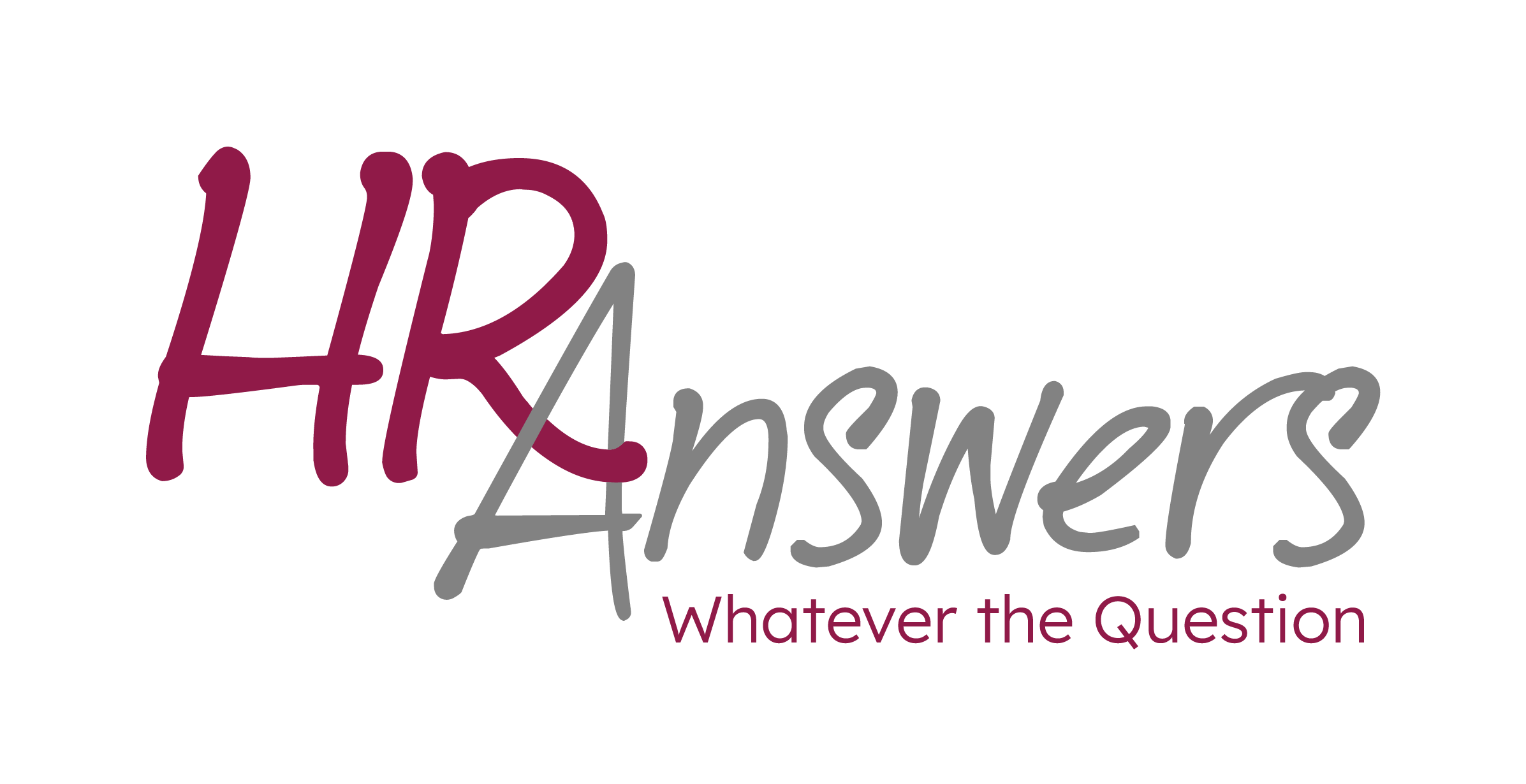Not Yet, Not Never
Client: Hey, I have an employee who wants a promotion, but they’re just not ready yet. I don’t want to discourage them, but I also can’t move them up right now. How do I handle this?
Consultant: Great question. The goal here is to give them a clear answer without shutting them down. You want them to walk away feeling motivated to improve—not defeated.
Client: Right, but I don’t want them to feel like I’m leading them on or just giving excuses.
Consultant: Exactly. That’s why it’s important to be honest, specific, and future-focused. Start by acknowledging their interest and ambition.
You could say:
“I appreciate your desire to grow within the company, and I want to support your development. Right now, I don’t think you’re quite ready for this promotion, but let’s talk about what skills and experience you need to get there.”
This shows that you value their aspirations while setting the stage for a constructive conversation.
Client: Okay, but what if they push back and ask, ‘Why not?’
Consultant: That’s where you need to be direct and supportive. The key is to avoid vague answers and instead focus on the specific skills, experience, or behaviors they need to develop.
You might say:
“A promotion means stepping into a role with greater responsibility. Based on what I’ve seen, there are a few areas where you need more growth before you’re ready. Let’s go through those together so we can make a plan.”
Then, give clear examples. Maybe they need stronger leadership skills, more technical knowledge, or better problem-solving abilities. Whatever it is, be specific.
Client: That makes sense. But how do I keep them from feeling like this is a dead end?
Consultant: The best way to keep them engaged is to turn this into a roadmap for growth. Set clear goals and give them actionable steps.
You could say:
“Here’s what I’d like to see over the next six months: Take the lead on [specific project], work on developing [specific skill], and get more experience in [key area]. If you can show growth in these areas, we’ll revisit this conversation.”
This makes it clear that you do see potential in them—it’s just about when, not if.
Client: What if they ask when they will be ready?
Consultant: Be honest, don’t overpromise. You can’t guarantee a timeline, and you can outline what success looks like.
Try this:
“I can’t give you an exact timeframe because it depends on progress in these areas and business needs. But if you focus on developing these skills and show consistent improvement, you’ll put yourself in a strong position for future opportunities.”
This keeps them motivated without locking you into a commitment.
Client: What if they’re really disappointed or frustrated?
Consultant: That’s natural. They might feel let down. How you handle the conversation can make all the difference.
If they seem discouraged, acknowledge their feelings while reinforcing your support:
“I know this may not be what you were hoping to hear, and I appreciate your ambition. My goal isn’t to hold you back—it’s to help set you up for success. Let’s work together to make sure you’re fully ready when the next opportunity comes.”
This helps them process the feedback while knowing you’re in their corner.
Client: That’s really helpful. So, bottom line—be direct, give specific feedback, and create a plan for growth?
Consultant: Exactly! You want them to leave the conversation feeling challenged, not shut down. When done right, this kind of feedback can actually make employees more engaged, because they know where they stand and what to work toward.
And remember—we’re here to help if you ever need guidance on building development plans.










